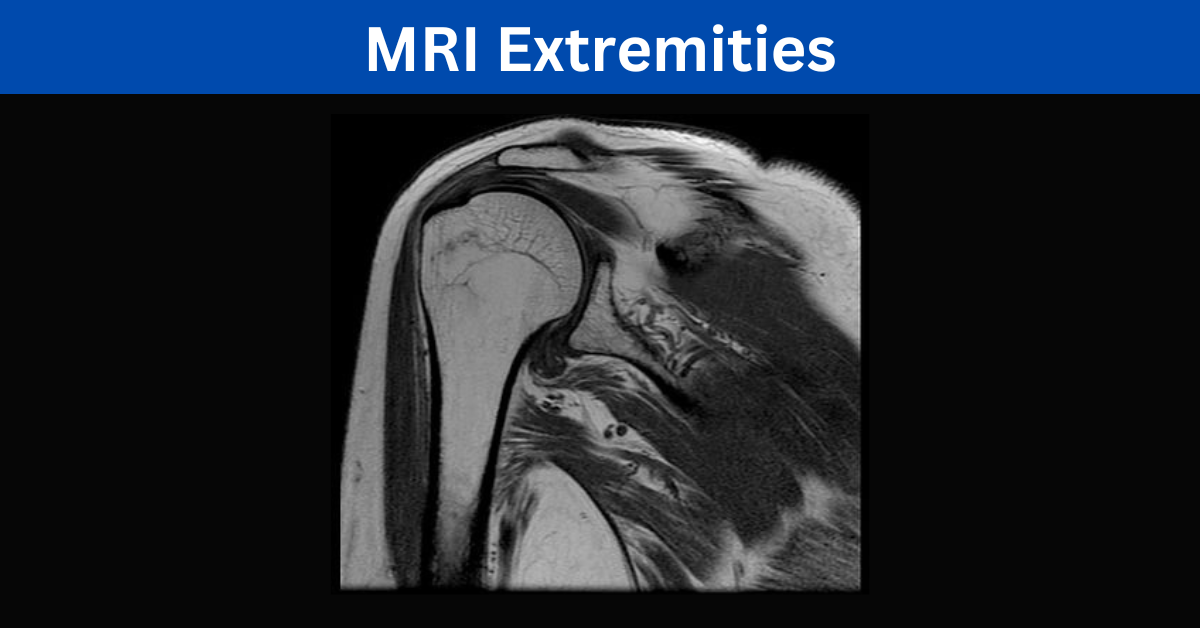Table of Contents
Introduction to MRI Extremities
MRI, or magnetic resonance imaging, has revolutionized the way we diagnose and understand medical conditions affecting various parts of the body. In this article, we will delve into the specifics of MRI as it pertains to extremities, exploring its processes and its critical role in diagnosing conditions affecting limbs.
Understanding the MRI Process
Preparing for the MRI
Before undergoing an MRI for extremities, patients need to follow specific guidelines. This includes removing any metal objects, as the MRI machine uses powerful magnets. Additionally, patients should inform their healthcare provider about any medical conditions or implanted devices.
The MRI Machine: What to Expect
The MRI machine, a technological marvel, creates detailed images of the extremities. Patients lie down on a specialized table that slides into the machine. During the scan, it’s crucial to remain still to ensure the clarity of the images.
Importance of MRI in Extremity Diagnosis
MRI plays a pivotal role in diagnosing a myriad of conditions affecting the extremities. Its ability to capture high-resolution images allows for precise identification of issues in bones, joints, and soft tissues.
Common Extremity Conditions Detected by MRI
Orthopedic Issues
From fractures to arthritis, MRI is adept at revealing orthopedic problems. It provides a comprehensive view of bone structure and integrity, aiding orthopedic specialists in planning effective treatments.
Soft Tissue Injuries
Soft tissue injuries, such as ligament tears or muscle strains, are often elusive in other imaging methods. MRI’s ability to capture detailed images of soft tissues ensures accurate diagnosis and targeted treatment plans.
Benefits of MRI Over Other Diagnostic Methods
Compared to X-rays and CT scans, MRI is non-invasive and does not involve ionizing radiation. This makes it a safer option, especially for repeated imaging, and ensures minimal risk to patients.
MRI Extremities Procedure Step by Step
Patient Positioning
Proper patient positioning is critical for a successful MRI extremities scan. This ensures that the targeted area is precisely imaged, providing valuable insights for diagnosis.
Image Acquisition
During the MRI, the machine captures a series of images that are later reconstructed into detailed cross-sectional views. This step is crucial for radiologists to analyze the condition of the extremities thoroughly.
Interpreting MRI Results
Working with Radiologists
Collaboration between healthcare professionals and radiologists is essential for accurate interpretation of MRI results. Radiologists specialize in deciphering the intricate details of the images, providing valuable diagnostic information.
Understanding the Report
Patients, along with their healthcare providers, should actively engage in understanding the MRI report. Clear communication ensures that the diagnosis is comprehensible, fostering informed decision-making regarding treatment options.
Challenges and Limitations of MRI in Extremity Imaging
While MRI is highly effective, it does have limitations. Factors like patient movement and the presence of metal implants can impact image quality. It’s crucial for healthcare providers to be aware of these limitations when interpreting results.
Technological Advancements in MRI for Extremities
Ongoing advancements in MRI technology continually enhance its capabilities. This includes improved imaging sequences, faster scan times, and enhanced software for image analysis, contributing to more accurate diagnoses.
Cost and Accessibility of MRI for Extremities
As technology evolves, the cost of MRI procedures is gradually decreasing. Additionally, efforts are being made to improve accessibility, ensuring that patients have timely access to this diagnostic tool.
Case Studies: Real-world Applications of MRI Extremities
Real-life examples showcase the practical applications of MRI in extremity diagnosis. These cases highlight the efficacy of MRI in identifying conditions that might be challenging to diagnose through other means.
Future Trends in Extremity MRI
The future of extremity MRI holds exciting possibilities. Emerging technologies, such as artificial intelligence integration, promise to further enhance the speed and accuracy of diagnosis, ushering in a new era of medical imaging.
Comparing MRI Extremities with Full-Body MRI
While full-body MRI provides a comprehensive view of overall health, extremity-focused MRI offers detailed insights into limb-specific issues. Choosing between the two depends on the diagnostic requirements and the medical context.
Patient Experience and Comfort During MRI Extremities
Ensuring patient comfort during an MRI is crucial for obtaining accurate results. Healthcare providers are adopting strategies such as music, communication tools, and open MRI designs to enhance the overall experience for patients.
Conclusion
In conclusion, MRI extremities are a vital diagnostic tool, providing detailed insights into conditions affecting limbs. Its non-invasiveness, coupled with high-resolution imaging, makes it indispensable in modern healthcare. As technology progresses, we can anticipate even more refined capabilities, solidifying MRI’s role in enhancing patient care.
FAQs
Q. Is MRI safe for individuals with metal implants?
A : Yes, in most cases, modern MRI machines are designed to be safe for individuals with metal implants. However, it’s crucial to inform healthcare providers about any implants beforehand.
Q. How long does an MRI extremities procedure typically take?
A : The duration of an MRI extremities procedure varies but usually lasts between 30 to 60 minutes, depending on the specific requirements.
Q. Can children undergo MRI extremities?
A : Yes, MRI extremities are safe for children, and the procedure is commonly used to diagnose various pediatric orthopedic conditions.
Q. Are there any risks associated with MRI?
A: Generally, MRI is considered safe. However, individuals with certain conditions, such as claustrophobia, may find the procedure challenging. It’s essential to discuss any concerns with healthcare providers.
Q. Are there alternatives to MRI for extremity imaging?
A : While X-rays and CT scans are alternatives, MRI is often preferred for its non-invasiveness and lack of ionizing radiation, making it a safer option for repeated imaging.
